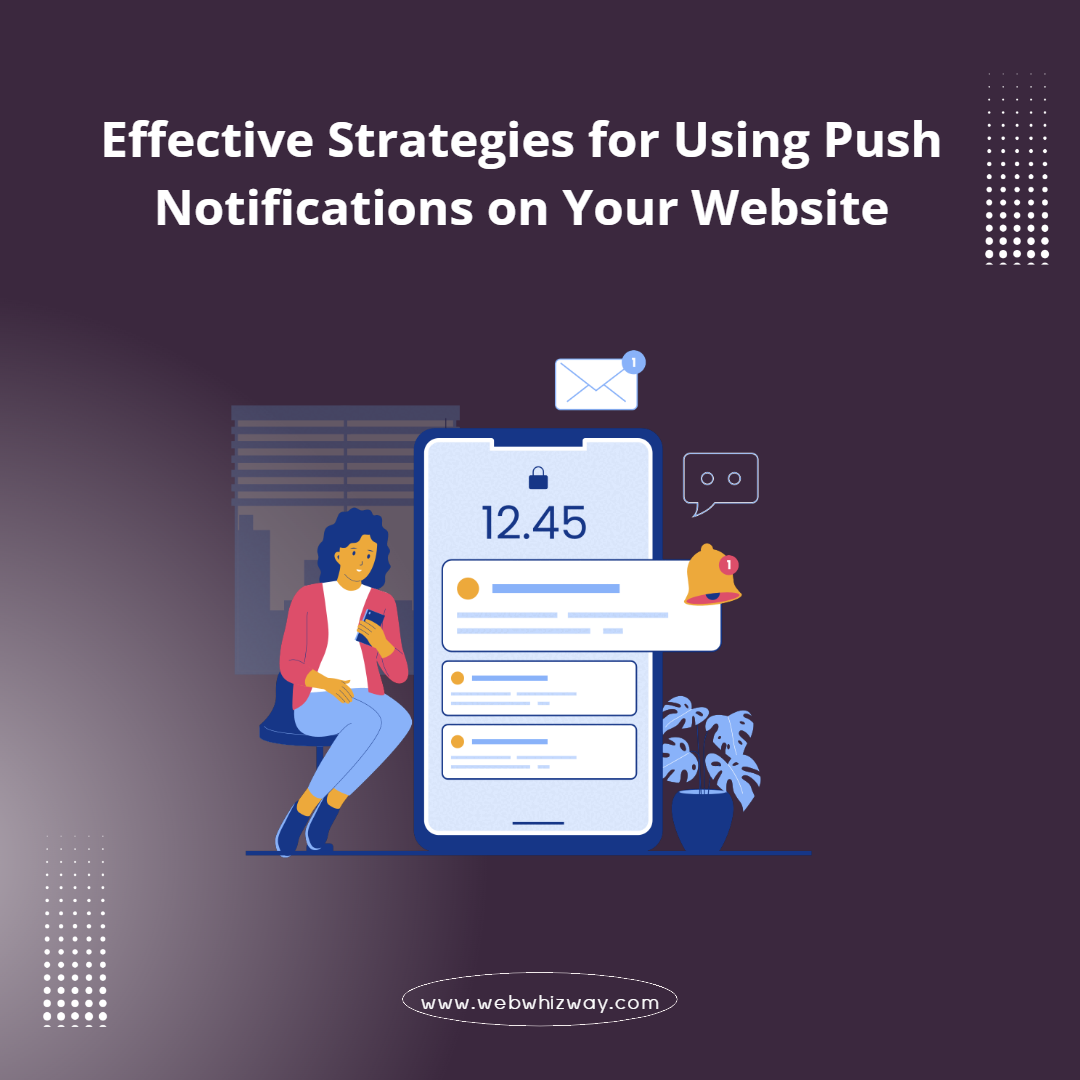In today’s digital landscape, keeping users engaged is crucial for any website’s success. Push notifications are one of the most effective tools for retaining visitors and encouraging repeat visits. This guide will cover everything you need to know about implementing push notifications on your website. By the end, you’ll be able to leverage this powerful tool effectively.
What Are Push Notifications?
Push notifications are short, clickable messages sent directly to a user’s device or browser. They capture attention quickly and deliver a wide range of information, such as updates, promotions, or personalized content. Unlike traditional emails, push notifications reach users in real-time. Users don’t need to open an app or visit your website to receive them.
Why Implement Push Notifications?
Push notifications offer several benefits that make them essential for your website’s engagement strategy:
1. Real-Time Communication: Push notifications allow you to reach users instantly. This ensures they receive timely information, which can boost engagement.
2. Increased User Retention: By sending relevant and personalized messages, you can encourage users to return to your site. This helps boost retention rates.
3. Enhanced User Experience: Push notifications improve the user experience by providing valuable content and reminders. This reduces the chances of users forgetting about your website.
4. Cost-Effective Marketing: Push notifications are a low-cost marketing tool. They’re more affordable than other channels like email or social media ads, making them accessible for businesses of all sizes.
How Do Push Notifications Work?
Push notifications rely on both front-end and back-end technologies. Here’s how they work:
1. User Subscription: Users must opt in to receive push notifications from your website. This typically happens through a browser prompt asking for permission.
2. Message Creation: Once users subscribe, you can create and send messages through a push notification service. These messages can include text, images, and links.
3. Notification Delivery: The push notification service sends the message to the user’s device via a push server. Users receive the notification even when they’re not actively browsing your website.
4. User Interaction: Users click on the notification to visit your website or a specific page within it. This interaction allows you to track engagement and conversions.
Choosing the Right Push Notification Service
To implement push notifications effectively, select the right service provider. Consider the following factors:
1. Compatibility: Ensure the service works with major browsers (Chrome, Firefox, Safari) and mobile platforms (Android, iOS).
2. Customization: Look for a service that offers customizable notification templates. This allows you to match messages to your brand’s voice and style.
3. Segmentation: Choose a service that lets you segment your audience based on behavior, location, or demographics. This ensures your messages are highly targeted.
4. Analytics: Consider a provider offering robust analytics tools. This helps you track the performance of your notifications and make data-driven decisions.
5. Ease of Integration: Select a service that integrates smoothly with your existing website infrastructure, including your CMS and other marketing tools.
Top Tips for Successful Push Notification Implementation
To maximize your push notifications’ effectiveness, follow these tips:
1. Timing Is Everything: Send notifications when users are most likely to be active. Consider their time zones and habits to avoid interrupting them at inconvenient times.
2. Keep It Short and Sweet: Push notifications should be concise and to the point. Use clear, action-oriented language that encourages users to take the desired action.
3. Personalization Is Key: Personalized messages catering to individual user preferences and behaviors are more likely to be well-received.
4. Frequency Matters: Avoid overwhelming users with too many notifications. Too many messages can lead to notification fatigue, causing users to unsubscribe.
5. Offer Value: Ensure every notification you send offers real value to the user. This could be a special offer, important update, or useful content.
6. Test and Optimize: Regularly test different message formats, timing, and content to see what resonates best with your audience. Use analytics to refine your strategy continuously.
Challenges and Considerations
While push notifications are powerful, they come with challenges. Here are a few considerations to keep in mind:
1. User Consent: Push notifications require explicit user consent. You need to design your opt-in process carefully to encourage subscriptions without being intrusive.
2. Privacy Concerns: As privacy concerns grow, users may hesitate to allow notifications. Be transparent about how you use their data and ensure your practices comply with regulations like GDPR.
3. Notification Fatigue: Sending too many notifications can overwhelm users. This may lead them to disable notifications or unsubscribe altogether. Balance frequency with relevance to maintain engagement.
Conclusion
Implementing push notifications on your website can significantly enhance user engagement, retention, and conversion rates. By choosing the right service, following best practices, and addressing potential challenges, you can create a push notification strategy that drives meaningful results for your business. Start small, test various approaches, and refine your strategy based on user feedback and performance data. With careful planning and execution, push notifications can become a vital part of your digital marketing toolkit.
